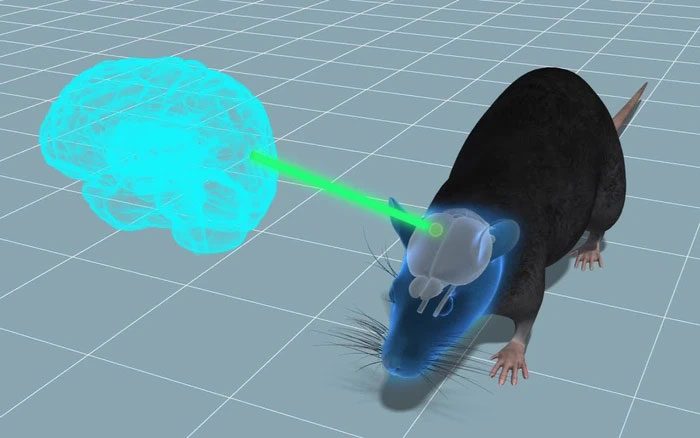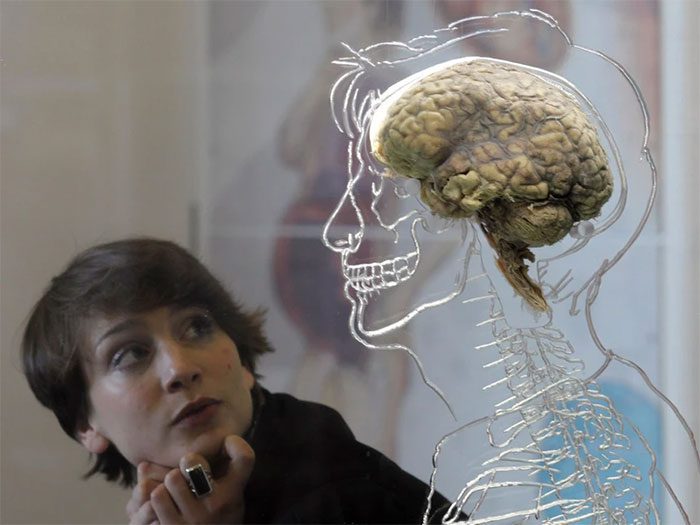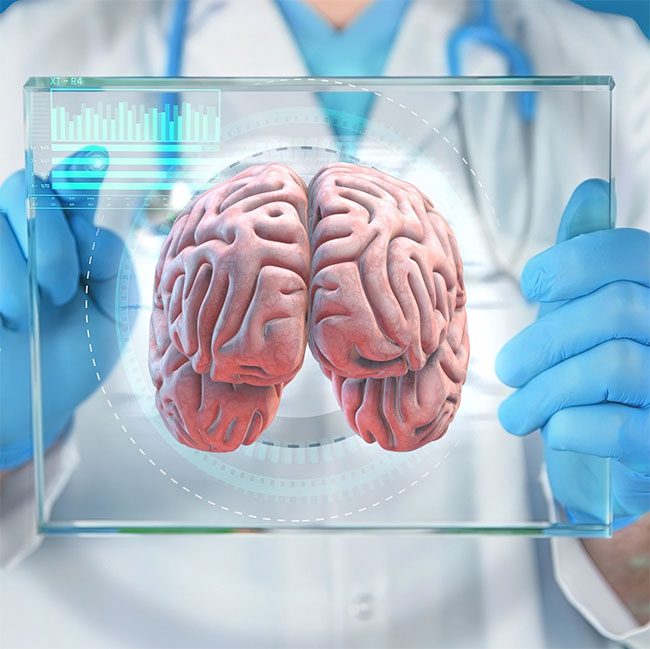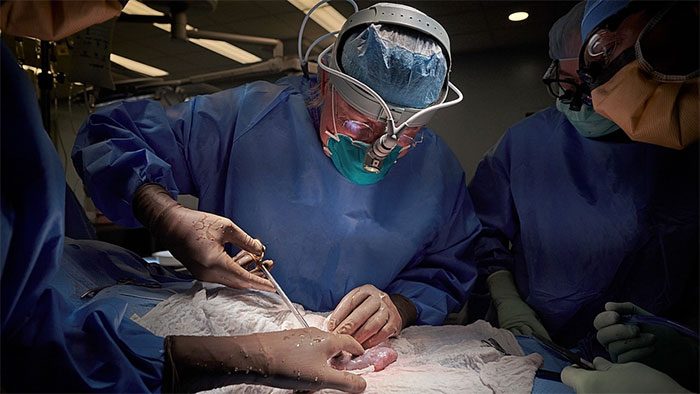Brain tissue transplantation across species is not just a plotline in science fiction movies but is becoming a reality.
Exploring the Relationship Between Development and Function of Human Brain Tissue
The brain, one of the most remarkable organs in the human body, has a complex internal structure and diverse functions. To gain deeper insights into the development and functional correlation of human brain tissue, scientists have conducted brain transplantation experiments.
The aim of these brain transplantation experiments is to study the relationship between the development and function of human brain tissue. We know that the brain goes through multiple stages during human development, from the fetal stage, through infancy, to adulthood, with its structure and functions continuously changing. By transplanting external substances or tissues into the brain, scientists hope to observe and explain these dynamic changes to better understand brain function.
There are two main approaches to brain transplantation experiments: device implantation or cell transplantation. Device implants include electrodes, micro-electronic microscopes, and optical fibers, which are used to record, observe, and stimulate brain activity. Cell transplantation involves introducing foreign cells into the brain, which can include neurons, stem cells, or other types of cells. By interacting with the host brain tissue, scientists can observe the development and functionality of these cells.

These studies may help improve treatments for developmental brain disorders in children and neurodegenerative diseases in adults, while also promoting further advancements in neuroscience. The results of brain transplantation experiments will provide us with deeper insights into the origins of our own intelligence.
The significance of brain transplantation experiments for our understanding of the relationship between development and function of human brain tissue is evident. They can help us understand structural and functional changes in the brain at different developmental stages. By observing the interaction between implanted tissues or cells and the host brain tissue, we can reveal developmental patterns and critical stages of the brain, providing important clues for treating abnormal brain development in children and neurodegenerative diseases in adults.
Brain transplantation experiments allow for the study of flexibility in brain function. The human brain has an incredible ability to adapt; by stimulating implanted devices or cells, we can observe the brain’s response to external stimuli and understand its mechanisms for adaptation and repair. This could help us develop new treatment methods, such as stem cell transplants to repair damaged neural tissues.

Neuroscience and brain science are prominent research directions in contemporary science. With the continuous advancement of technology, brain transplantation experiments serve as an advanced technical means that bring new breakthroughs to our understanding of the human brain.
Brain transplantation experiments can also provide in-depth studies on cognition and behavior, revealing the advanced functional mechanisms of the brain. By intervening in the brain with implants or cells, we can observe functional changes in specific brain regions and understand the neural basis of fundamental cognitive and behavioral processes such as memory, emotion, language, and movement, laying the groundwork for understanding the relationship between the brain and consciousness.
The purpose of brain transplantation experiments is to study the relationship between the development and function of human brain tissue. By intervening in the brain with implanted devices or cells, we can observe dynamic changes in the brain’s structure and function, revealing developmental patterns and critical stages, while also conducting in-depth studies on brain flexibility and advanced functional mechanisms.

Through brain transplantation experiments, scientists can obtain real-time recordings of neural activity in the brain. With the help of this data, researchers can more accurately reveal the interactions and information transmission between brain neurons, subsequently inferring the neural basis of related cognitive behaviors.
The Development of Human Brain Tissue Causes Behavioral Changes in Mice
Research on the human brain has always been an important topic in the scientific community. In a recent experiment that garnered widespread attention, researchers successfully implanted human brain tissue into the brains of mice, observing significant behavioral changes. This breakthrough opens up new possibilities for our understanding of brain function and disease treatment. However, the experiment also raises a series of new ethical challenges in scientific research.
The experiment was conducted by a group of international scientists who were the first to use complex surgical techniques to implant human brain tissue into mouse brains. During postoperative observations, researchers found behavioral changes in the mice, such as higher intelligence levels, enhanced learning ability, and more complex social behaviors. Using traditional behavioral assessments and brain imaging techniques, they confirmed that these changes were directly related to the implanted human brain tissue.
Brain transplantation experiments also raise a series of ethical questions. These include ethical considerations regarding animal testing, as well as concerns about the privacy and security of human brain data.
The results of the experiment involving the implantation of human brain tissue into mice provide valuable clues for disease treatment and brain function research. For example, many neurological disorders, such as Parkinson’s disease and Alzheimer’s disease, are associated with damage to specific brain regions.
By transplanting healthy human brain tissue and observing whether the mice return to normal behavior, we can gain a better understanding of the mechanisms behind these diseases and develop new treatment methods. Additionally, this experiment opens up new research possibilities in the field of brain function and neuroscience.

Although significant advancements have been made in this field, ethical and safety issues remain a crucial factor limiting its development.
With the success of this experiment, a series of moral and ethical challenges have emerged. We must take our ethical responsibilities toward animals seriously. Experiments involving the transplantation of human brain tissue into mice cause irreversible damage to the animals and inflict pain during the implantation process.
The results of the experiment in which human brain tissue was implanted into mice represent a powerful breakthrough, offering hope for deeper insights into brain function and disease treatment. However, we must also assume corresponding moral and ethical responsibilities to ensure that the rights of all forms of life are respected in scientific research. The future of this field requires collaboration from the global scientific community, enhanced regulations, and ongoing ethical discussions to ensure we can protect the dignity of life while advancing scientific progress.


















































